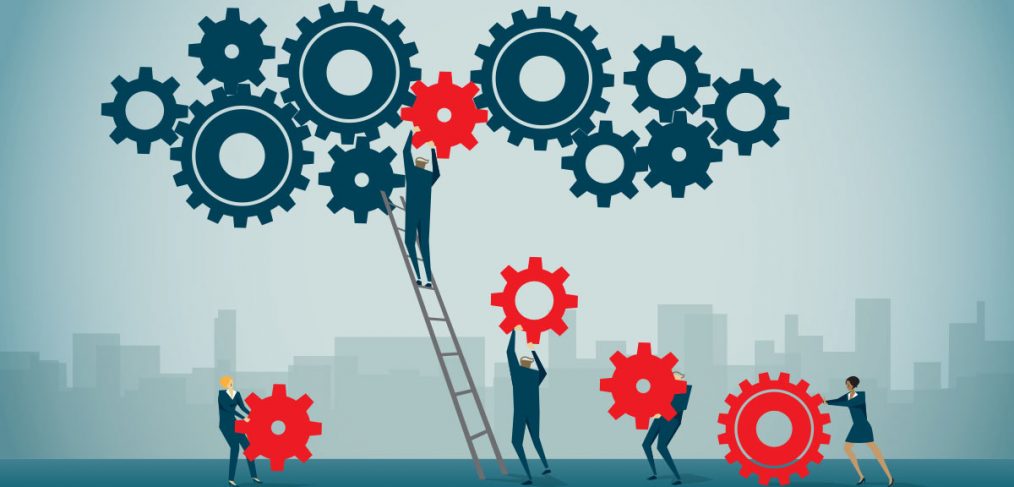
Collaboration
Are you someone just entering the workforce wondering what it means to work with others? Or are you looking for ways to work better with others? Are you looking to increase your productivity and efficiency in the office? Then you are already thinking about collaboration.
What is collaboration?
It is the art of working with another person or a team to achieve a goal you have set for yourself or your team. To collaborate is to cooperate with others. Collaboration also involves building trust. No one will want to work with you if they can’t trust you. Your team mates must see you as someone likeable and most importantly trustable. Then they will want to work with you and your team will be more efficient and effective. It is when a team bonds well together that they can achieve their targets.
How to collaborate?
Working with others includes a few specialized skills and processes. Firstly, you must be willing to work with others to find a solution to a problem you have. Secondly, you must recognize that the team members have some diverse skills that could be helpful to you as well as weaknesses that you will have to work around. Thirdly, the discussion must be genuine, and encourage the sharing of ideas from all members.
Fourthly, give credit where it is due (such as when you adopt an idea from someone or when your project becomes successful due to the hard work put in by the team). Fifthly, listen to any concerns that your team mates might be having and work to overcome them or help them. Finally, and this is very important, take responsibility when something goes wrong. Do not try to palm it off on another. If you made a mistake, own up. If your team mates made a mistake, don’t be in a hurry to assign blame and point fingers. Accept that a mistake was made and look (together) for ways to correct the matter.
Elements of collaboration
- Set out, very clearly, what you expect from the team and what you are working towards.
- Understand the skills each member has (and their weaknesses), and try to pair them with work they can actually do. If they don’t think they can do something, chances are that they won’t do the work.
- Always let the others know that they can talk to you about any concerns and stay open.
- Share all relevant information. No one likes to be kept in the dark, and the withholding of information could lead to failures and mishaps.
- The best ideas come from working it out together.
- Always try to work out plans and processes with everyone’s agreement. Don’t just take your own ideas. Listen to others and work out a plan that would be the most practical and efficient.
- Identify what can go wrong and what you need to keep an eye out for. Knowing the pitfalls is as important as knowing the end goal.
- Leave the egos at the door. This is a group project, not an individual one. Learn to work well together so that everyone feels included and heard.
- Apologize for mistakes. Don’t hold grudges about other people’s mistakes.
- When making the action plan, clearly mention timelines, deadlines, and the roles assigned so that everyone knows what is expected, when it is due, and who to report to.
- Use humor to diffuse sticky situations and to keep the meetings happy. A smiling team gets more done than one filled with worried people.
- You may also use some technological tools to keep your team productive and updated.
- Finally, make sure to monitor progress and keep to deadlines. If the monitoring does not happen, the team won’t have a concrete reason to give their work in on time.
Collaboration is a valuable tool in companies that have many staff members. But it is also relevant in day-to-day life, so it is crucial in any situation. Learning to collaborate well will help you be a better team player.


